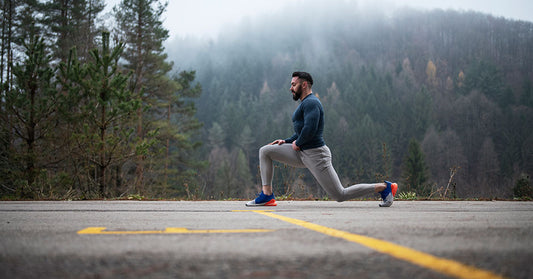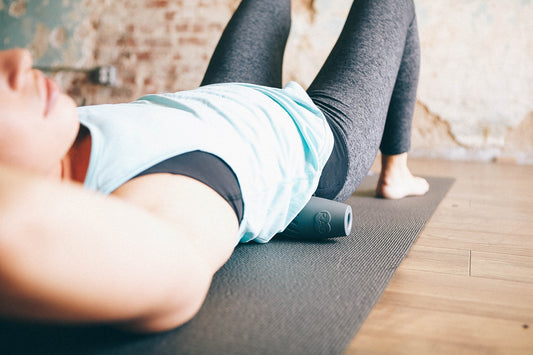Post Injury Tips from a Physical Therapist
There are many reasons that an orthopedic surgeon or podiatrist might tell you to wear a walking boot or cast. Maybe you’ve had recent foot surgery, had a fracture, or are trying to heal a plantar fascia tear or other tendon tears. Wearing a boot or cast for a specified amount of time serves an important purpose, but there are ramifications afterward that patients are rarely told about. Because of this, mobility and strength training instructions from a physical therapist are extremely important afterward.
During normal circumstances, when bearing weight on your foot, the bones of the foot move in different patterns, supported by soft tissue to accept and propel a person’s weight. When in a walking boot or cast, the bones do not move normally and the soft tissues do not go through their normal movement, which causes them to become tight and temporarily less extensible. One of the main structures that is affected is the plantar fascia, which is the soft tissue that attaches throughout the bottom of your foot. After some amount of time, when not needing to expand as it normally does, it can develop adhesions and becomes less extensible. Then when you bear weight on the foot after a while, the soft tissue doesn’t stretch as it once did, causing pain and the sensation of stepping on a rock. Not a comfortable scenario, and without intervention, it may not get any better. Here’s something you can do from home to get some relief.
You may be able to relieve the pain from this faster if you’re diligent about it and break up the tissue on your own. For this, you’ll need some trigger point tools. The ROUNDS, ROLLER, and HELIX tools from RAD are my favorites. Be sure that you’re cleared by your surgeon or physical therapist before using doing this 3 step program to knock out plantar foot pain.
Step 1: Stretch
Use these 3 stretches to stretch out your gastrocnemius and soleus in your lower leg, and then your plantar fascia in your foot. Disclaimer: These may be too advanced for you if you have not been cleared by your surgeon. Please follow his/her directions. You may need the guidance of a licensed physical therapist to perform these.



Step 2: Roll out your foot with a Massage Ball
RAD Roller has a few different options that are great for rolling out your feet, depending on your preference for density, texture, and size. If you are recovering from a more serious injury, I recommend using a larger tool like the RAD Helix. You can see 3 different variations for rolling your feet below. Spend about 3-5 minutes on each foot morning and night for ideal relief.
RAD Roller (medium) pictured below:
Step 3: Ice
The 2 preferred methods are to either use a traditional ice pack to rest your foot on for up to 15 minutes or freeze an ice bottle and roll on it (to tolerance) just like you would roll on the HELIX tool for 5 minutes. If it’s too cold on your bare skin you can start by wearing a sock until it’s tolerable to take it off.
Interested in purchasing the RAD recovery tools mentioned in this blog? Now's your chance! Follow the links before and you'll be rolling in no time.
Disclaimer: This is not medical advice. This blog post is only meant for educational purposes. Each situation is different and may require the guidance of a healthcare provider who knows your individual case.























